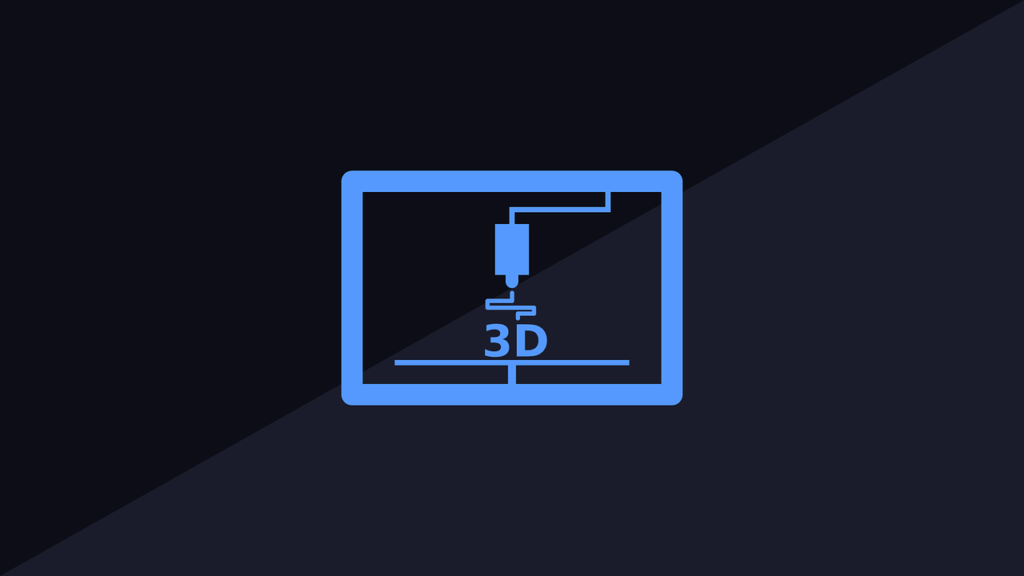
Since the beginning of the new millennium, the concept of ‘3D’ firmly established in our everyday life. First of all, we associate it with the cinematography, photography and animation. But today there hardly exist a person who at least once in his life heard of such a new product, a 3D-press.
What is it and what new possibilities in art, science, technology, and everyday life? We have three-dimensional printing technology; we will try to find out in this article.
Currently, the range of possibilities and applications of 3D printing is constantly growing. This technology is subject turned out everything – from the blood vessels to the coral reefs and furniture. However, the scope of application will be discussed later these technologies.
What is 3D Printing?
In short – this is the construction of a real object on the pattern created on a computer 3D model. Then, a digital three-dimensional model is stored in the STL-file format, and then the 3D printer, which displays the file for printing, forms the actual product.
Printing process itself – is a series of repetitive cycles associated with the creation of three-dimensional models, drawing on the desktop (elevator) printer consumables layer, moving the desktop down to the level of the finished layer and the removal of waste from the surface of the table.
Continuously cycles follow one after the other: the first layer of material is applied to the next elevator is lowered again and so on until the desktop will not finish the product.
The Use of 3D Printing
The 3D printing is a more advanced alternative technology to traditional methods of prototyping and small batch production. Three-dimensional or 3D printer, in contrast to the usual, which displays the two-dimensional drawings, photographs and so on. At the moment, the equipment of this class can work with photopolymer resins, various kinds of plastic thread, ceramic powder and metal clay.
What is a 3D Printer?
The basis of the operating principle of 3D printer based on the principle of gradual (layering) creating a solid model, which it were “grown” from a certain material, which will be discussed later. The advantages of 3D printing to the usual, manual way of building models – high speed, simplicity and relatively low cost. For example, to create 3D model or any part manually require a lot of time – from several days to months. After all, this includes not only the production process itself, but also the preliminary works – drawings and diagrams of the future product that still does not give a complete vision of the final result. As a result, significantly increased development costs, extend the life of the product development to its mass production.
3D printing technology also allows you to completely eliminate the manual labor and the need to make drawings and calculations on paper – because the program allows you to see the model from all angles already on the screen, and to eliminate the revealed shortcomings are not in the process of creation, as is the case with hand-made, and directly in the development and to create a model for a few hours. At the same time the possibility of errors inherent in manual work, is virtually eliminated.
How Does 3D Printing Work?
The 3D printing technology works as follows: the laser beam is directed onto the photopolymer, after which the material solidifies. The photopolymer used as translucent material, which is deformed under the action of atmospheric moisture.
Once cured, it is easily amenable to gluing, machining and staining. Desk (elevator) is in a container with a photopolymer. After passing through the laser beam and the polymer layer hardening the working surface of the table moves down.
3D Printer, 3D Printing image by krzysztof-m from Pixabay.